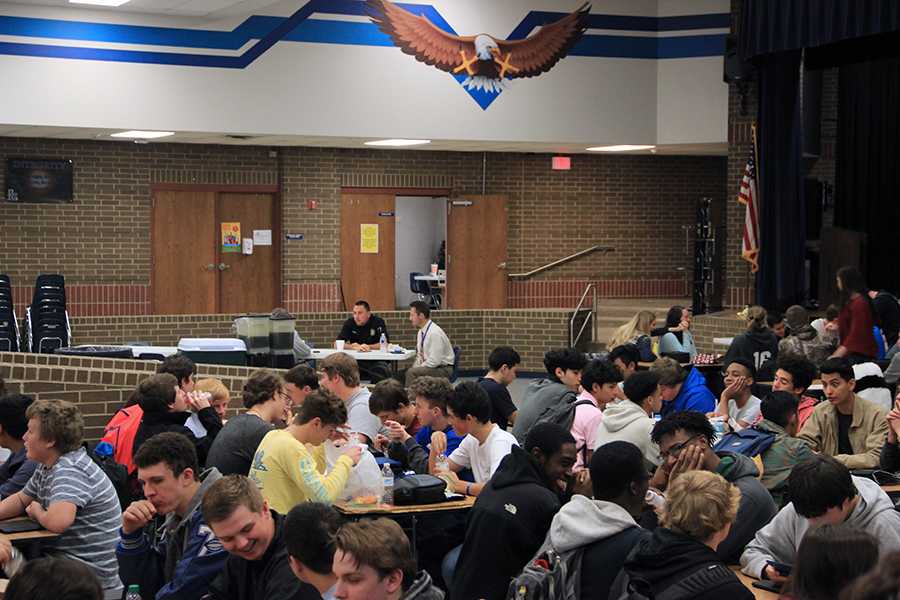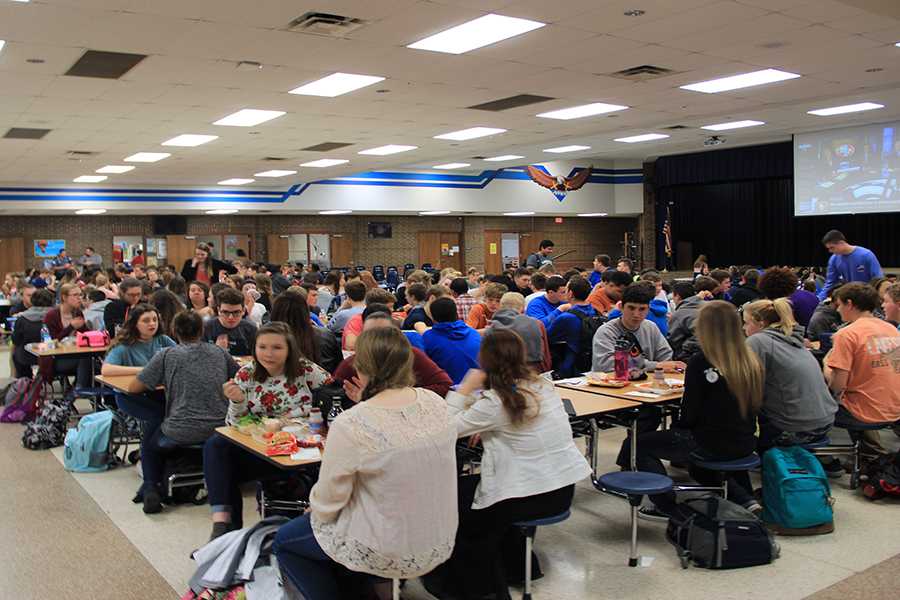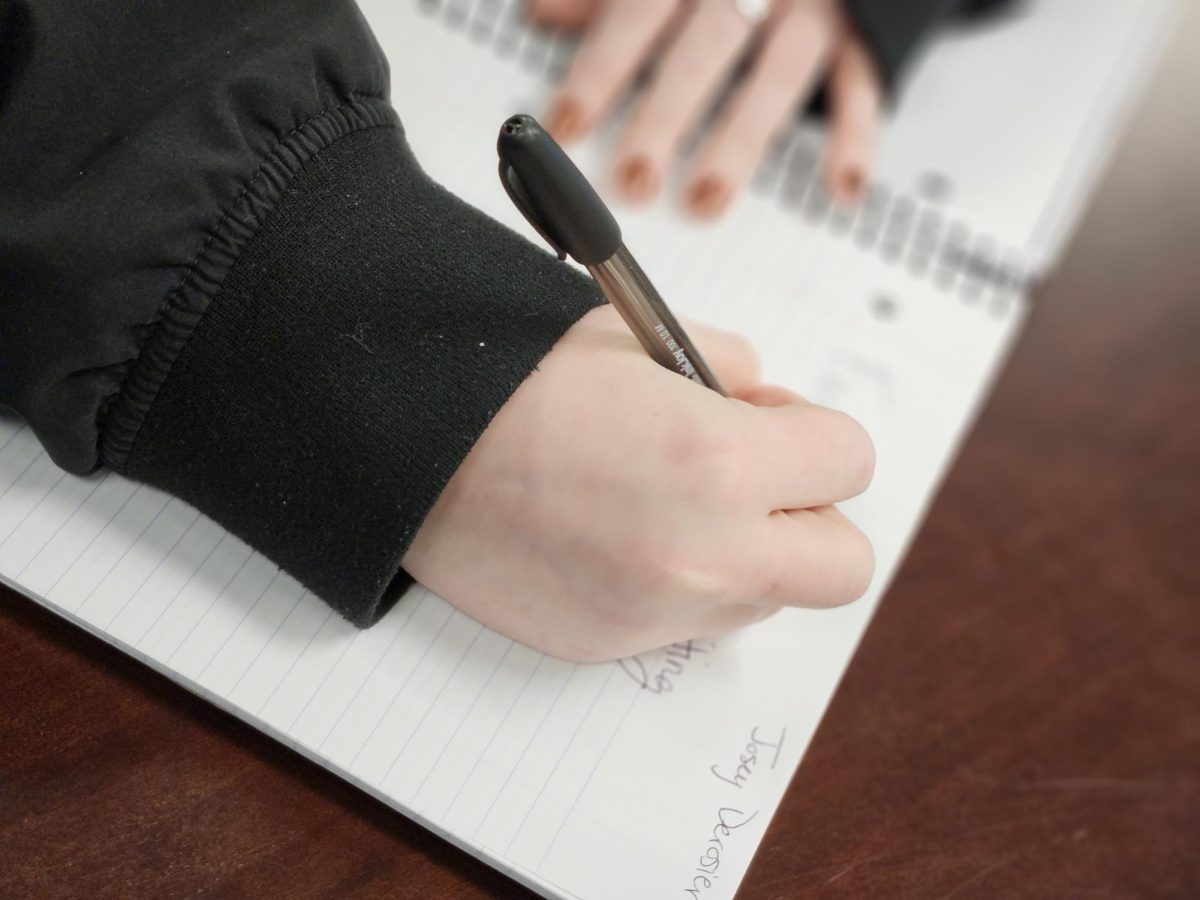Students have recently expressed concerns due to overcrowding and longer lines in the cafeteria. For the second year in a row, Lindale is dividing student lunchtimes into three periods rather than four.
All cafeteria seating should be opened up to students, and each class should be 45 minutes in length with school ending at 3:25 p.m., ensuring that students are given 30 minutes for lunch. This promises improved lunch conditions while enhancing teaching and learning.
The current lunch system heightens the difficulty of eating lunch comfortably in the school. The 5 minute passing period only allows 25 minutes for lunch, and the current system lessens the amount of time students will be granted to obtain and begin eating their lunches. The combination of short lunch times and long lines also deters students from buying lunches, resulting in less revenue for the school. However, most students who buy their lunches ultimately receive less than 20 minutes to consume it due to these lines.
The Harvard Gazette highlighted the implications of this on September 11, 2015 when it outlined a study from the Harvard T.H. Chan School of Public Health. It found that students with less than 20 minutes to eat school lunches consume significantly less of their entrées, milk and vegetables compared to those who have more time.

Students eat lunch in the area of the cafeteria they are permitted to sit in. They primarily sat in the upper portion of the cafeteria.
Increased time between lunches may also allow administrators to dismiss each lunch period to class before another enters. This promises to minimize the potential for conflict created as a result of allowing students to simultaneously enter and exit the cafeteria at the same time.
Currently, a large portion of the lunchroom is sectioned off and students can’t sit there. This sectioning off a portion of the cafeteria creates overcrowding at the remaining tables. This encourages students to covertly eat lunch in other areas of the school solely to avoid a crowded lunchroom. The inevitable result is a decrease in school cleanliness because of spills and waste. Overcrowded conditions make student seating a competition to claim areas before others, inviting hostilities between students. Utilizing the entirety of the cafeteria for tables and student seating could appease student concerns as well as minimize the likelihood of conflict.
The existing lunch system is not ideal for both students and the school. Thirty minutes should instead be allocated to lunchtime by designating 45 minutes for each class, and all areas of the cafeteria should be open for student seating.












Michael Turner • Dec 15, 2017 at 3:08 pm
I think not only should we have more room for lunch but have at least a bit more time to eat because often times i find myself having to throw away half finished food or scarf it down due to everyone leaving before i can finish half my meal.
Emma Cook • Sep 29, 2017 at 12:59 pm
This concerns me immensely. Students should be given more space to eat.
Alec Morton • Sep 29, 2017 at 12:58 pm
I totally agree with the ideas that are being put-fourth in this story. In one of the images shown, there are literally two people sitting in a space that could be occupied by at least 35 students.